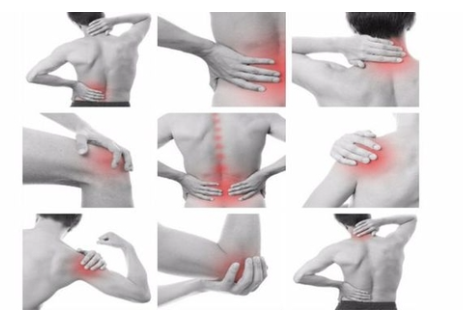As our parents age, joint pain becomes a common complaint, often dismissed as a natural part of getting older. However, not all joint pain is created equal. One condition that frequently goes unnoticed until it becomes debilitating is bursitis, a painful inflammation of the bursae—small fluid-filled sacs that cushion the bones, tendons, and muscles around the joints.
Bursitis can affect anyone, but it’s particularly prevalent among older adults. The condition often strikes in the shoulders, hips, knees, and elbows, leading to significant discomfort and limited mobility. Left untreated, bursitis can turn from a temporary inconvenience into a chronic, life-altering issue.
Early detection is crucial. Common symptoms include pain that worsens with movement or pressure, swelling, and tenderness around the affected joint. If your parents have been complaining of persistent pain, particularly after repetitive activities, it might be time to consider whether bursitis is the underlying cause.
Treatment typically starts with conservative measures such as rest, ice application, and over-the-counter pain relievers. Physical therapy can also help strengthen the muscles around the joint, reducing the risk of future flare-ups. In more severe cases, a healthcare provider may recommend corticosteroid injections to reduce inflammation or, rarely, surgery to remove the affected bursa.
Prevention is equally important. Encourage your parents to maintain a healthy weight, stay active with low-impact exercises, and avoid repetitive motions that could stress their joints. Simple changes like adjusting their posture or using proper techniques during activities can also make a significant difference.
Don’t let bursitis silently steal your parents’ mobility and quality of life. By recognizing the symptoms early and taking appropriate action, you can help them manage their pain and stay active for years to come.








 India
India












